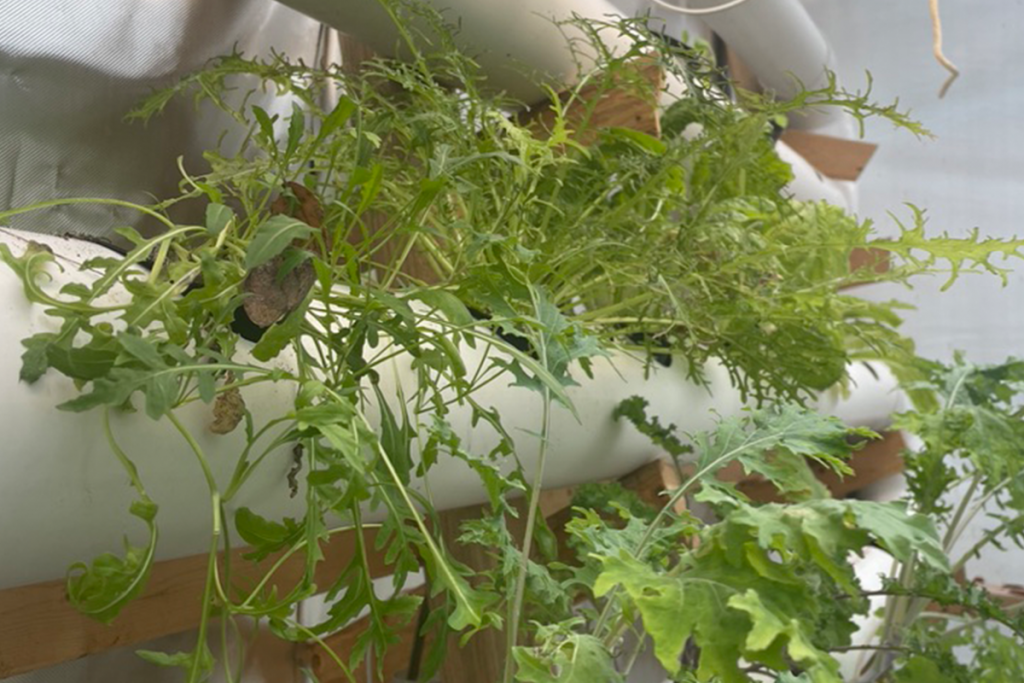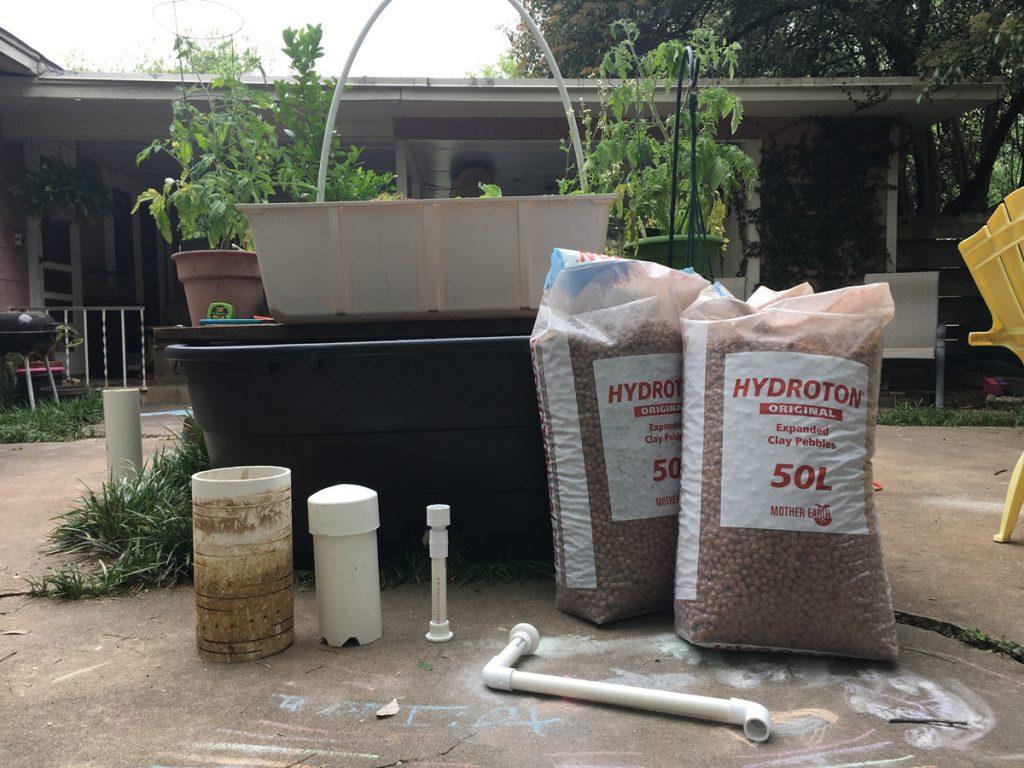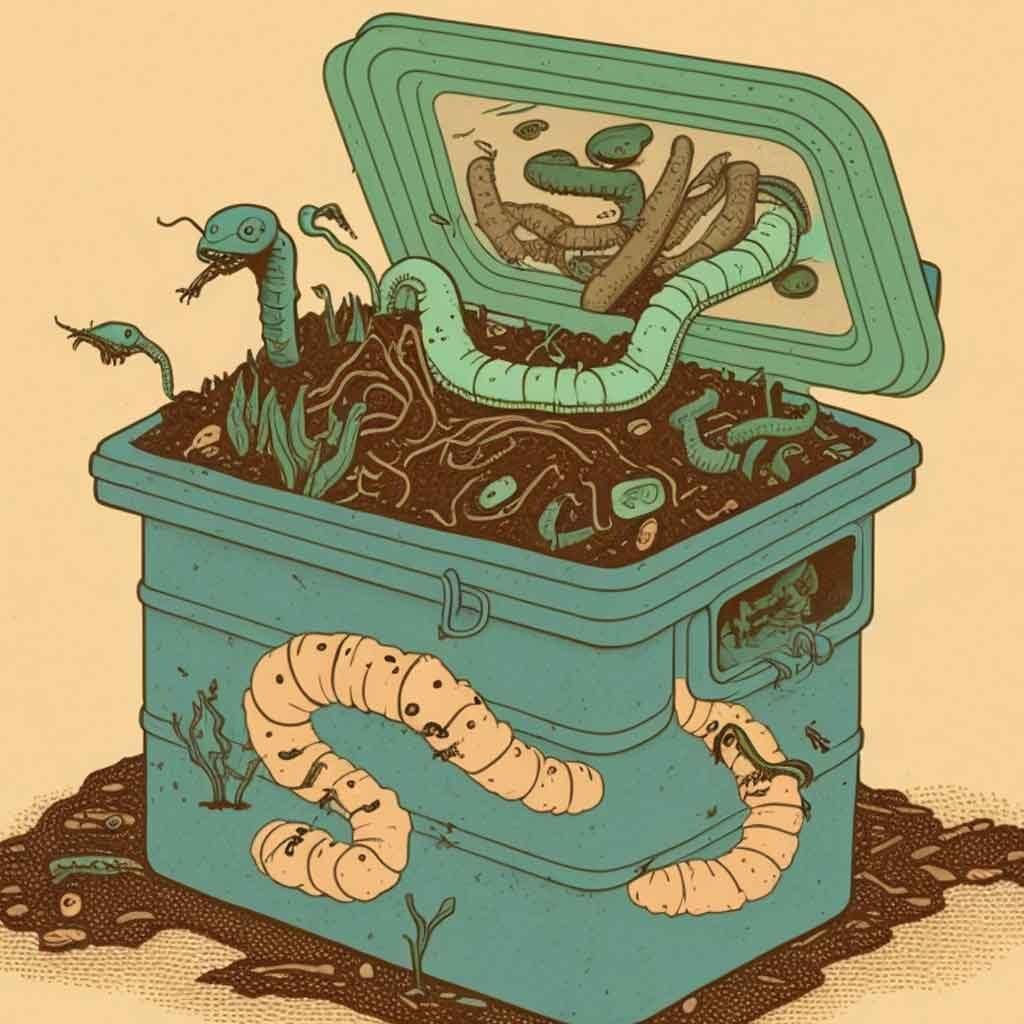I often get asked two specific questions when it comes to aquaponics. What is Aquaponics, and how do you set up an aquaponics for you home. I ultimately tell them that aquaponics is a sustainable and efficient way to grow food at home. It combines aquaculture, the cultivation of fish, with hydroponics, the growing of plants in water. By using the waste produced by the fish as fertilizer for the plants, aquaponics creates a closed-loop system that reduces the need for external inputs and cuts down on water usage.

In this article, we’ll explore the benefits of aquaponics, the equipment and setup required to get started, and some tips for successfully maintaining an aquaponic system in your home.
The Benefits of Aquaponics
Aquaponics offers a number of benefits over traditional gardening or farming methods.
- Water efficiency: Because the water in an aquaponic system is constantly recycled, less water is required overall. This makes aquaponics a great option for areas where water is scarce or expensive.
- Reduced need for external inputs: In a traditional garden or farm, plants rely on the use of chemical fertilizers and pesticides. In an aquaponic system, the fish waste provides all the nutrients the plants need to grow, eliminating the need for these external inputs.
- Increased food production: Because plants and fish can be grown in close proximity, aquaponics allows for a higher density of food production than traditional gardening or farming methods.
- Sustainable: Aquaponics is a sustainable food production method as it does not rely on depleting resources, and also it has a closed-loop system which reduces the environmental impact.
Setting up an Aquaponic System at Home

Starting an aquaponic system at home is relatively simple and can be done with just a few basic pieces of equipment.
- Tank: The first step is to choose a tank for your fish. This can be a traditional aquarium or a specially designed fish tank. The size of the tank will depend on the number of fish you plan to keep.
- Grow beds: Next, you’ll need to choose grow beds for your plants. These can be made from a variety of materials, such as PVC pipes, plastic containers, or even old bathtubs. The grow beds should be elevated above the tank to allow for proper drainage.
- Pump: A pump is required to circulate water between the tank and the grow beds.
- Plumbing: The final step is to set up the plumbing to connect the tank, grow beds, and pump. PVC pipes and fittings work well for this purpose, but you can also use flexible tubing.
Maintaining an Aquaponic System
Maintaining an aquaponic system is relatively easy, but there are a few key things to keep in mind.
- Water quality: Regularly checking the water quality is crucial for the health of both the fish and the plants. The pH levels should be between 6.8 and 7.2, and the temperature should be between 68 and 78 degrees Fahrenheit.
- Fish feeding: Fish should be fed a balanced diet that is appropriate for their species. Overfeeding or underfeeding can cause problems with water quality and plant growth.
- Plant care: Plants in an aquaponic system do not require additional fertilization, but they still need proper care. Make sure they have adequate light, and trim any dead or dying leaves.
- Cleaning: Regular cleaning is important to keep your aquaponic system running smoothly. This includes cleaning the tank, grow beds, and plumbing.
So to wrap it up, aquaponics is a sustainable and efficient way to grow food at home. It combines aquaculture, the cultivation of fish, with hydroponics, the growing of plants in water. By using the waste produced by the fish as fertilizer for the plants, aquaponics creates a closed-loop system that reduces the need for external inputs and cuts down on water usage. By following the steps outlined in this article, you can set up your own aquaponic system at home and enjoy the benefits of fresh, locally-grown food all year round. Remember to regularly check the water quality, feed your fish correctly, take care of your plants, and clean your system regularly. With a little bit of effort, you’ll be able to enjoy the taste of success with your own aquaponic garden at home.




Leave a Reply